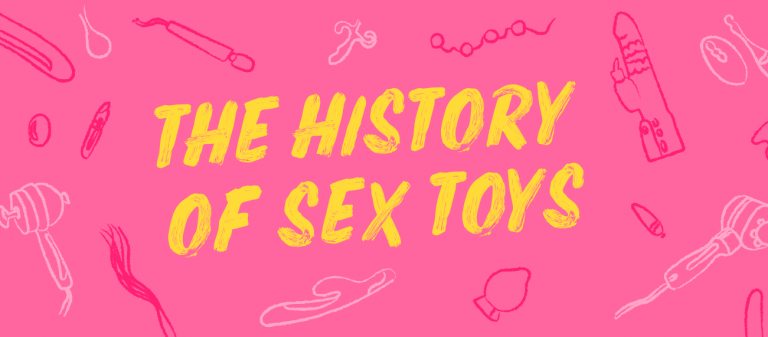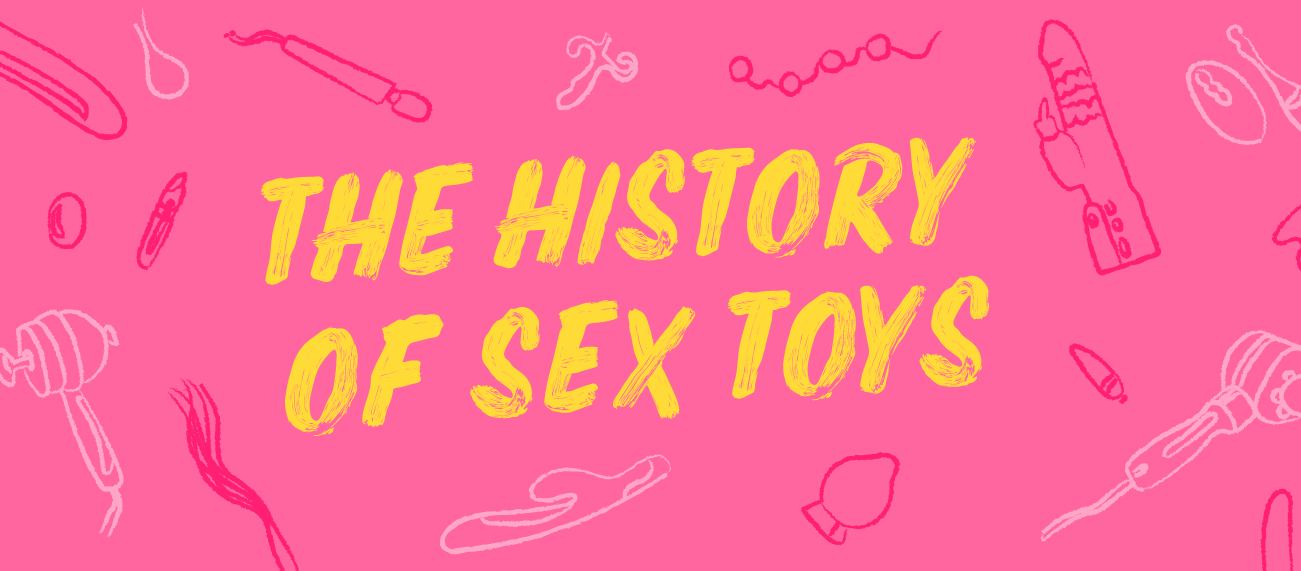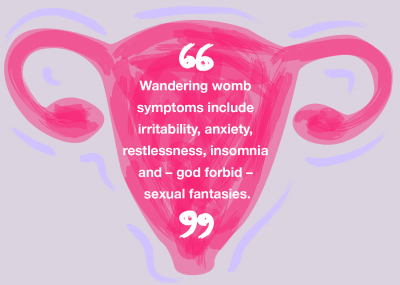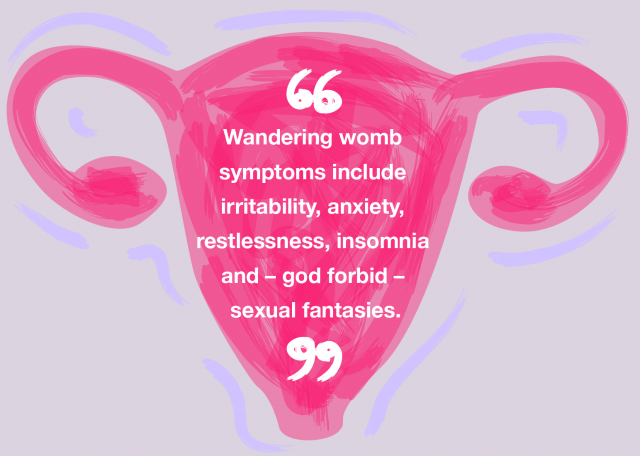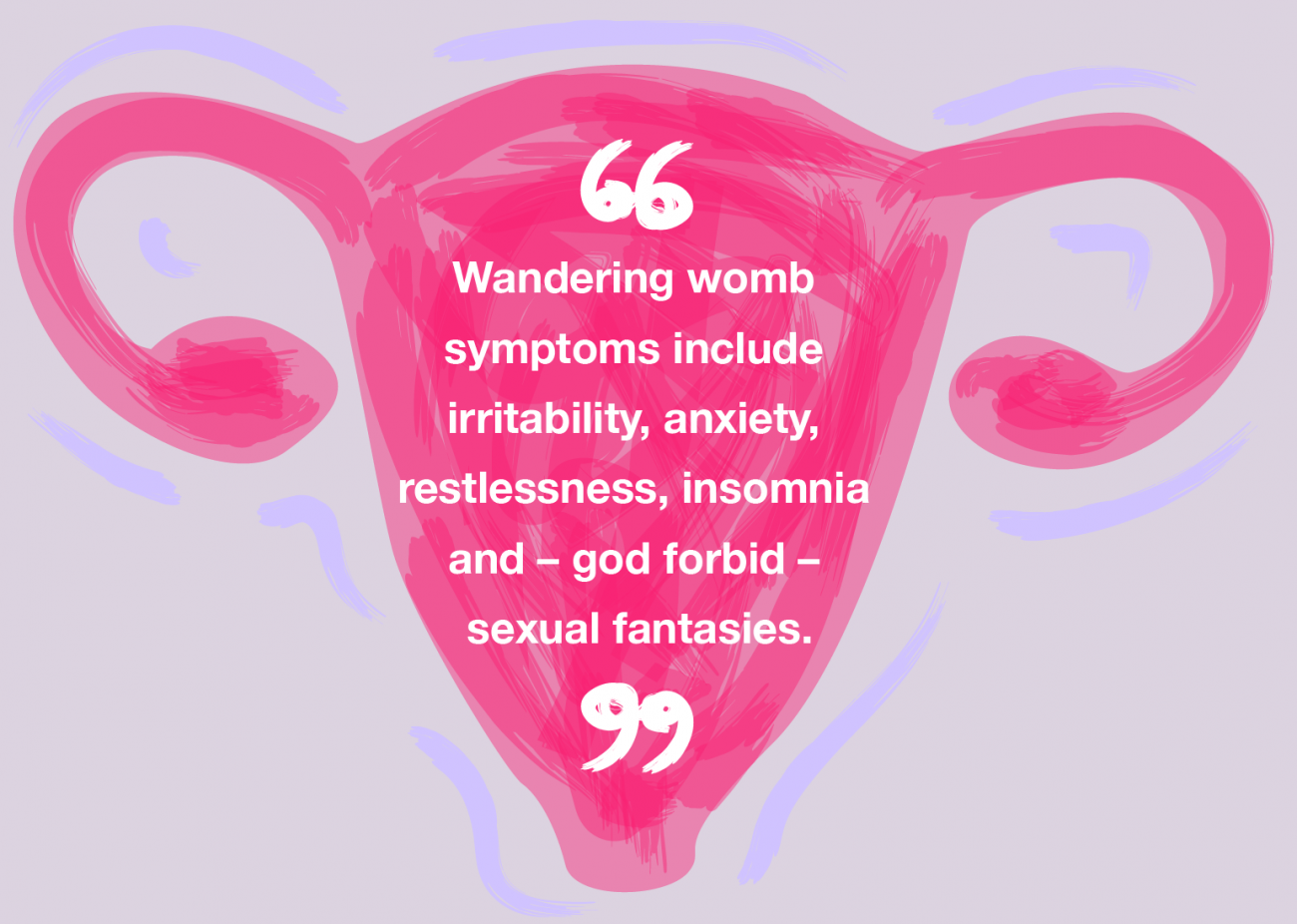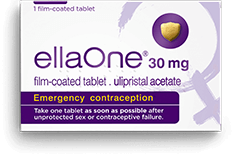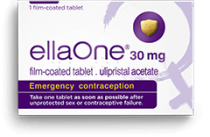If you think sex was discovered in the 1960s, think again. It’s easy to assume that our ancestors were strict religious folk who would faint at the mere sight of a bare ankle, but in reality people have been looking for ways to get themselves off since the dawn of time.
Join us on a journey through time to discover everything you ever wanted to know about the history of sex toys…
The World’s First Dildo?
Archaeologists were digging through an ancient cave in Germany when they came across a pointed, 8-inch long object made out of siltstone. It was polished to perfection and looked remarkably like a penis. This discovery, which is around 28,000 years old, could be the oldest dildo ever found.1 Similar objects made out of stone, bone and even teeth have also been discovered in caves among other essential items like sewing needles and combs.
We know that our old friends, the wine-drinking, philosophising, sex-positive, Ancient Greeks were no strangers to dildos. Ancient playwright Aristophanes’ comedy Lysistrata, written in 411 BC, tells the story of women who attempt to end the Peloponnesian War by refusing to have sex until the men stop fighting.
The ladies talk openly about their sex toys: “And so, girls, when f****ing time comes… not the faintest whiff of it anywhere, right?”, Lysistrata said, “from the time those Milesians betrayed us, we can’t even find our eight-fingered leather dildos.”
Vulture Lungs And Bats Blood: Medieval Marital Aids
Want to spice up your love life? Ancient Roman writer Pliny the Elder (23-79 AD) thought vulture lungs and bat’s blood were a great aphrodisiac: “The right lobe of a vulture’s lungs attached to the body in the skin of a crane, acts powerfully as a stimulant upon males,” he wrote. Pliny also recommended that you soak a bit of wool in bats blood and put it under her head. That’s a bloody sexy pillow if you ask us.
In Ancient China around 1200 AD, jade butt plugs and cock rings made out of goat eyelids were used to heighten sexual pleasure and spice up married life.
Dr Bronach Kane, Lecturer in Medieval History at Cardiff University, says sex toys were often used by women in the middle ages: “Sex toys of various kinds were produced during the Middle Ages, especially by women and for women,” she says, “while masturbation was frowned upon and penance given for both sexes, women using detachable instruments for sexual pleasure caused particular anxiety for both churchmen and civic authorities.”
“Leather was a common fabric used as a cover for strap-ons and dildos, and these could be filled with materials to provide stiffness and comfort,” she continues, “ there was a case in 1477. Katherina Hetzeldorfer was accused of cross-dressing and having sex with women. The case included a description of a strap-on which seems to have been made of wood, stuffed with cotton and encased in leather.” Sounds… Sturdy.
Hysteria And The Evolution Of The Victorian Vibrator
Back in the 1800s, people seemed to think virtually any issue a lady had – be it irritability or migraines – was caused by ‘hysteria’. The word ‘hysteria’ in Greek means “suffering uterus”. It was believed that the womb would wander around a woman’s body and wreak havoc on her sensibilities.
Wandering womb symptoms include irritability, anxiety, restlessness, insomnia and – god forbid – sexual fantasies. To us, they sound suspiciously similar to ole’ fashioned sexual frustration…
Hysteria had no known cure and so ‘treatment’ would need to be carried out every few months, weeks or, in extreme cases, every few days. The treatment was ‘pelvic massage’. Doctors insisted it had nothing to do with sex, but pelvic massages often resulted in a ‘hysterical paroxysm’ – or a screaming orgasm to you and me.
This was initially done by hand, but the service became very popular and physicians began to suffer from hand cramps. In 1869, American Dr. George Taylor had the genius idea of creating a steam-powered ‘Manipulator’ machine – a table with a vibrating ball in the middle – which could perform the hard work so physicians didn’t have to.
This large machine wasn’t practical for home use, so in 1880 British physician Joseph Mortimer Granville patented the world’s first electric vibrator.
Sex Toys In The 20th Century
For the next 60 years, vibrating devices were available, but they were not explicitly associated with sex. Carol Queen, a sexologist at sex-positive adult toy company Good Vibrations, told us how it worked: “It isn’t quite right to call vibrators “sex toys” from Victorian times through the 1940s or so,” she says, “the vibrators were not marketed and sold for this purpose.”
“They were healthcare devices that just happened to cause orgasm if you knew where to apply the vibration,” she continues, “there is no evidence that people who owned them knew this… though there’s also no evidence that they didn’t.”
20th century sex toys were sold as home-care appliances and could be bought from your local shop, pharmacy or via mail order. “To use a contemporary analogy,” Caroline explains, “these were sex toys in the way a shower massager can be a sex toy. You could buy these anywhere except sex shops.”
As people became more open about sexuality in the ‘60s, they also started recognising female masturbation and the first female-run sex-positive adult toy shop opened in the USA in 1974.
“The really big jump in the world of vibrators is associated with two things: technological advances; and social acceptance,” Caroline says, “as sex toys became an acceptable topic, their quality got better. Design, tech, materials all improved.”
The Future Of Sex Toys
Today, sex toys are readily available online and on the high street. With vibrators which can be controlled across the world to life-like sex robots, sex toys are becoming more futuristic by the day.
Will we end up marrying robots and spending our days programming our lovers? Or does sex sometimes require a human touch? Read all about it in our next instalment: the Future of Sex Toys
ellaOne® 30mg film-coated tablet contains ulipristal acetate and is indicated for emergency contraception within 120 hours (5 days) of unprotected sex or contraceptive failure. Always read the label.
By: Sophia Moss
